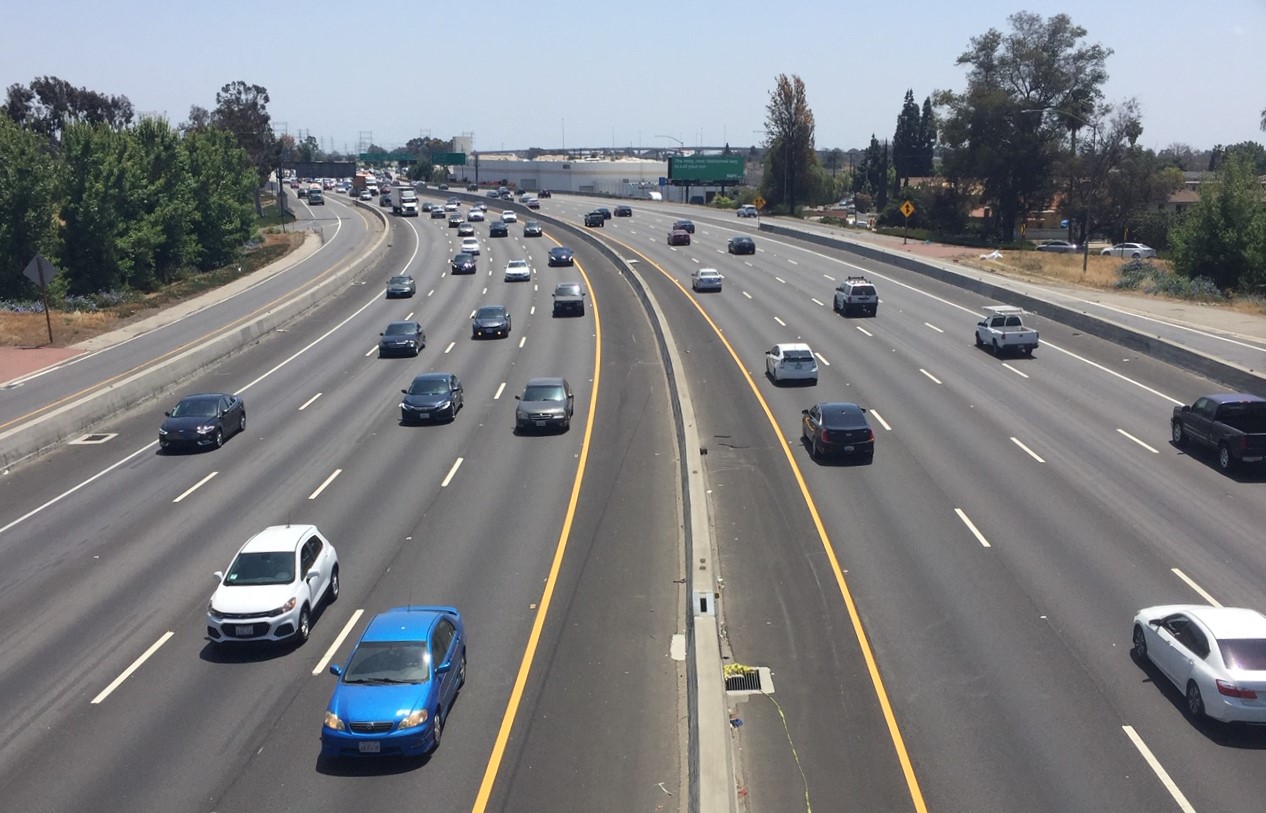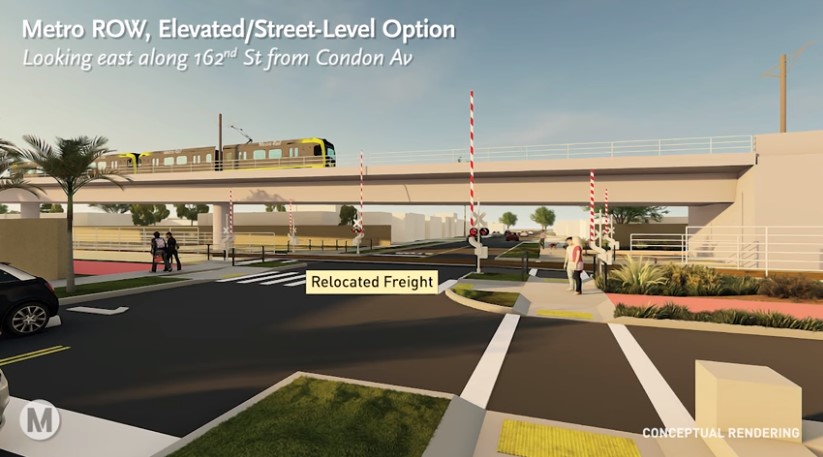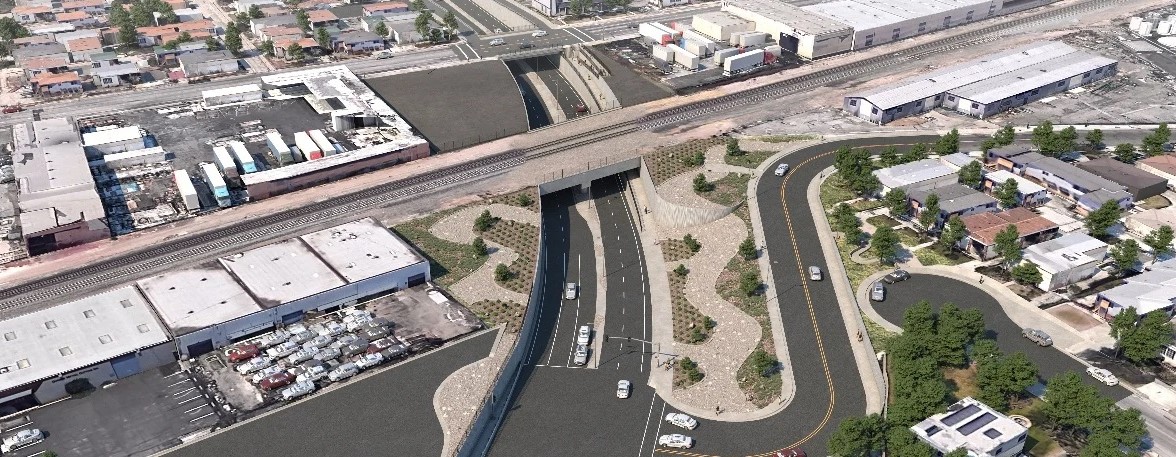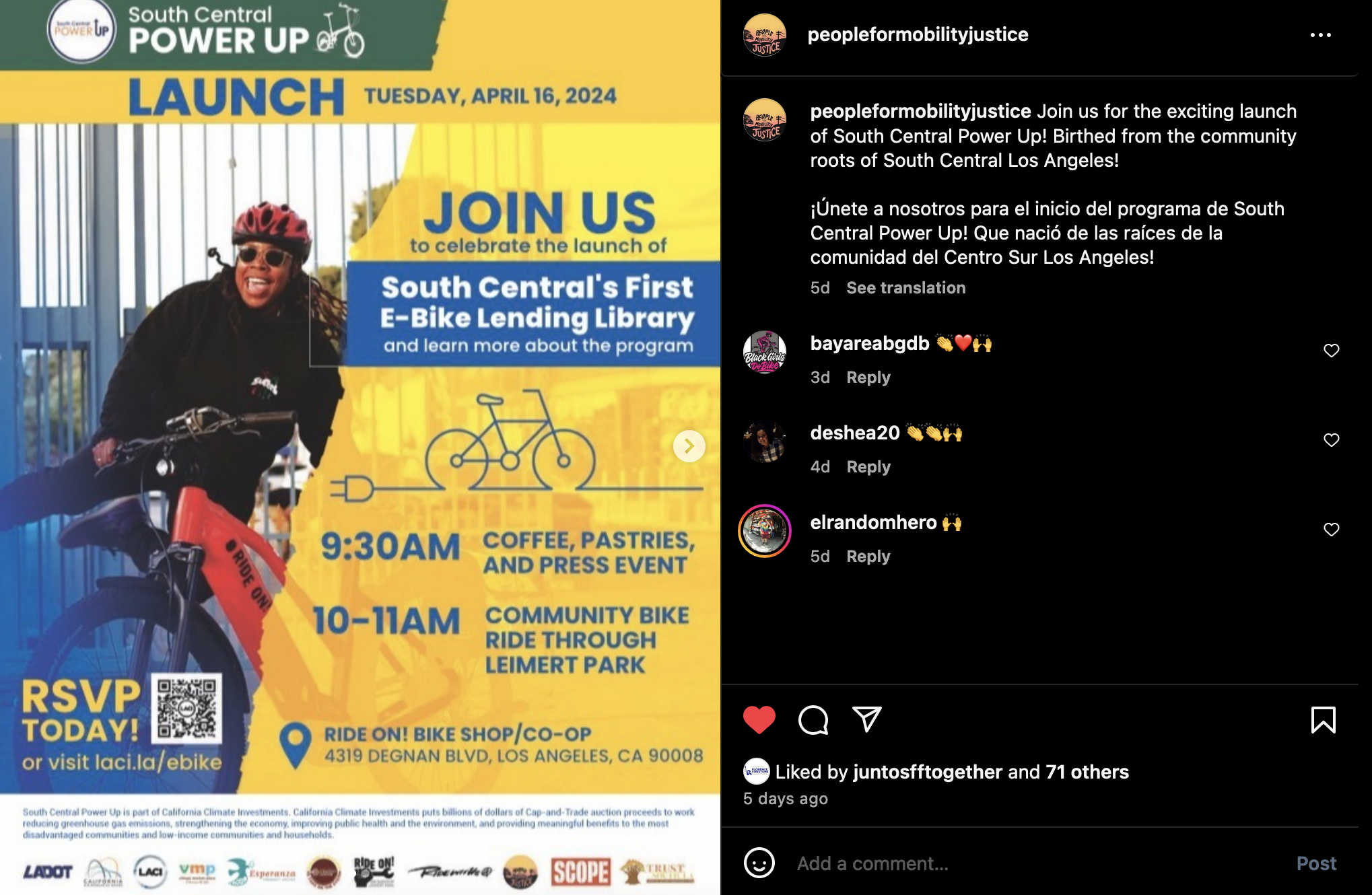The View from a Folding Chair
12:11 PM PDT on October 14, 2009
 So.CA.TA in Fullerton in 2005 Photo: Trainweb.com
So.CA.TA in Fullerton in 2005 Photo: Trainweb.comIt is important from time to time as an advocate to expose yourself to the broader universe of perceptions and experience beyond the universe of fellow advocates, agency staff, officials, etc. populating the policy sphere. We all have a stake in transportation issues and it is educational to meet the public and engage with it in an exchange of knowledge, hear their thoughts and concerns plus answer questions.
In my experience the most productive events to do outreach about transit are transportation related ones versus community street fairs, environmental expos, etc. Openings of new Metrolink stations and Metro fixed guideway projects, such as the Green Line, Red Line, and Orange Line, have always been excellent in that regard, along with the occasional transit fairs held at community centers and the like. The annual Alternative Energy and Transportation Expo in Santa Monica and Fullerton Railroad Days, which is currently in limbo due to local politics, have been very well attended events that I very much enjoy participating in.
As the Eastside Gold Line extension opening approaches, quite likely on Nov. 14th per a Metro staff report first noticed and posted by commentor LAofAnaheim on the Streetsblog Eastside opening thread, I have been looking back at what I have learned and experienced during my years staffing a booth on behalf of the Southern California Transit Advocates.
You get a wide variety of questions. Some are quite practical, like how do I get to LAX from downtown or the San Fernando Valley on a bus. Or a question about the status of a particular proposal -- at the recent alt car expo a gentleman asked about having direct rail service linking Los Angeles and San Francisco. I was able to share with him the progress the Coast Rail Coordinating Council, whose agendas I receive, has had in that regard and the obstacles it faces, especially of funding and cooperation (or lack thereof) of the host freight railroad (U.P.).
The questions you get asked often depended on the location. At Fullerton people asked about the Metrolink half hour service in Orange County that OCTA plans to start next year. In Santa Monica you would be asked about the progress of the Exposition light rail project and westward extension of the Purple Line in the Wilshire corridor. And for some reason wherever you are folks are always asking about the progress of having high speed service to Vegas (aka maglev to Anaheim).
For over a decade I have had outreach materials from the California High Speed Rail Authority at our booths and have sought input from attendees about the proposed statewide bullet train network. With few exceptions the public would embrace it even as officials and bureaucrats fixated on cost, routing etc. This gave me a notion passage of the long-delayed bonds wasn't a pipedream -- sometimes ordinary people are way ahead of the experts and so called leaders.
Then you get the occasional perverse individual, someone who plants themselves in front of your display space and declares that public transportation is a waste of money and that no one rides rail. I usually let these types spout off because it is obvious their minds are set and any attempt at dialogue would serve no purpose. It is better to let them deliver their philippic and afterward thank them for sharing their point of view. They usually stroll away with a self satisfied thin smile as they seek out the next exhibitor to denounce. I do wonder why anyone would make the effort to go to an event whose purpose is anathema to them. Don't they have something more enjoyable to do on a Saturday morning? Or maybe it gives them some sort of perverse pleasure engaging in smug vilifying.
This year at the alt car expo I encountered a variation on this with a gentleman whose comments lead up to the fact that public transit is subsidized and is not a profit making activity. He held up his hand as if that fact negated the need for any further discussion and strode away. There are people who think capitalism is the be all and end all and have no conception than anything other than profit can be the purpose of an activity.
Then we have the exotic technology true believers--folks touting a variety of solutions like monorail or maglev or personal rapid transit or (fill in the blank). I even met at the 2006 Alt-car Expo Brian C. Brooks, who the past few years has gotten some attention for his proposal of criss-crossing Los Angeles county with monorails built along flood control channels. The essential problem with these folks was summed up by David Brewster, publisher of a Seattle-based daily online newspaper called Crosscut. As quoted in the Nov. 5, 2007 Christian Science Monitor article "Mass transit plan makes waves in Seattle Ecotopia" regarding policy discussions being dominated by that those that are "... cantankerous, contentious, and think they can design a better transportation system because they did it last night in their garage."
One would think it is self-obvious billions are not spent based on scrawls made on the back of an envelope, but for a true believer once one has what they know is the answer all that is left is to work backward to prove it is what needs to be done (ignoring and or minimizing the downside, contrary data, political obstacles, etc.). I had one guy one Saturday morning at the alt cat expo who shoved into my hand a sheet he had prepared on Personal Rapid Transit. Once I started to point out the attributes that limit its application to being a circulator/collector at airports and the like and that it isn't well suited for being a mass transit solution he snatched the sheet away and stalked off, angry at my temerity of not being an instant convert to his cause.
I do a lot of describing realpolitik as to funding and planning. A woman who lived in Orange County at one of the Fullerton shows told me a particular street she lived on needed bus service. This was solely based on anecdotal perceptions--she had no supporting facts as to commercial or industrial destinations it would serve that could at least provide some sense of whether such service would be productive. When I asked how well she knew the local political scene and what points of influence she could use to reach a member of the OCTA Board she confessed she didn't even know which County Supervisor's district she resided in. She had only a vague impression to justify what she wanted and no means of effectively advocating for the proposal. I tried to offer some fundamental first steps she could take but must admit I had qualms that someone who to that point had been so disengaged from the political process was unlikely to be successful as an advocate. But for what it was worth, I tried to share with her my knowledge of how one goes about advocating for a new bus line.
And then once in a while you'll have an attendee spontaneously express heartfelt thanks. It is a small thing but it is nice to know a few folks grasp the value of what we do. It isn't why do what we do, but we appreciate the kind thoughts when they do come our way. It helps you slog through the mounds of stupidity than you usually encounter as an advocate.
Stay in touch
Sign up for our free newsletter
More from Streetsblog Los Angeles
Metro Looks to Approve Torrance C Line Extension Alignment
Selecting the relatively low-cost hybrid alternative should help the oft-delayed South Bay C Line extension move a step closer to reality
This Week In Livable Streets
CicLAvia returns to Venice Boulevard, Metro board committees, L.A. City Council Transportation Committee, Metro budget theater, and more




